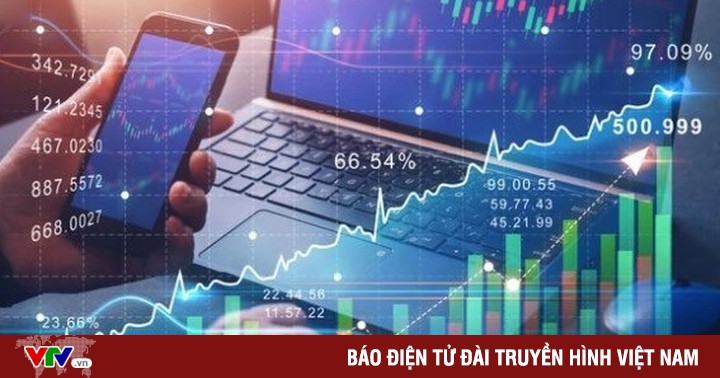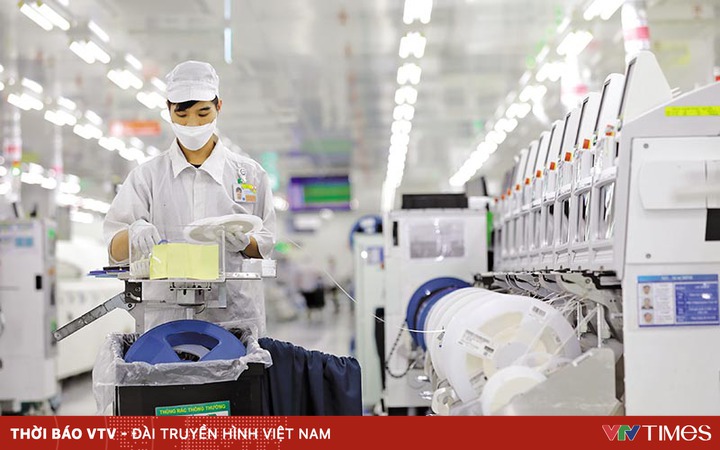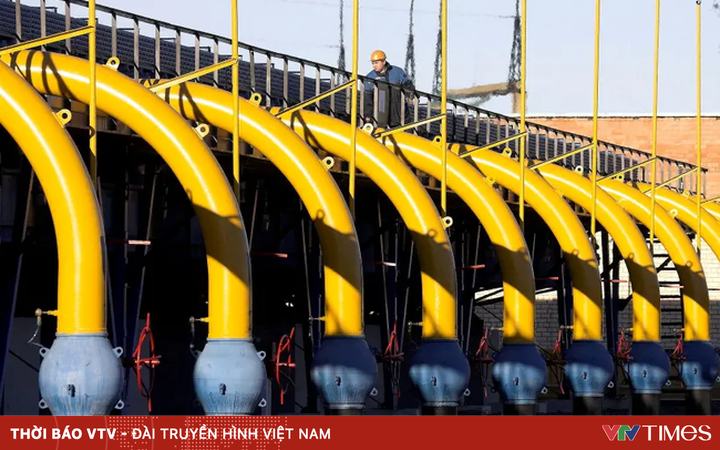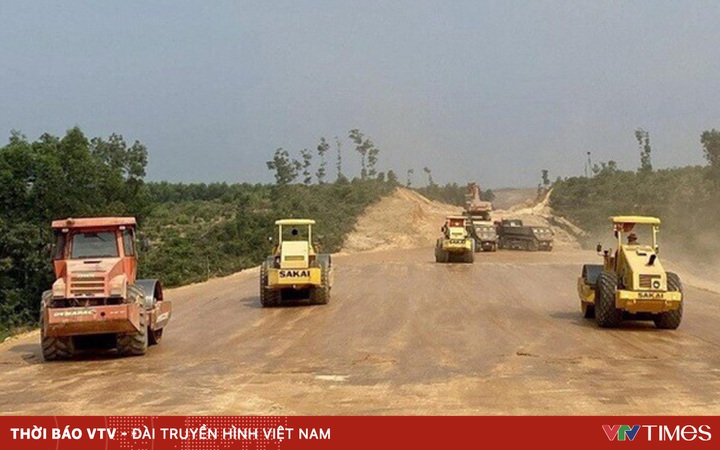What is the solution to Europe’s “no need for Russia” gas problem?
Illustration. (Source: Getty)
The Russia-Ukraine conflict have made the controversy more intense and the economic downturn has increased the pressure on the “Old continent” to find an answer to this problem.
Short-term challenges
However, the obstacles that Europe has to overcome are quite significant, because the region has depended on gas Russia for a long time. Therefore, at least in the short term, Europe will inevitably face “bumps” on the road to diversifying energy supplies. Alternatives will be expensive or take a long time to form, analysts say.
This winter, gas has clearly become a European problem. “Energy inflation is rising in every major economy, but that increase is particularly acute in Europe,” said Neil Shearing, a fellow in the Global Economics and Finance Program at research organization Chatham House. .
Oil can be transported more easily to different markets, so the price of this fuel does not tend to vary significantly between regions. Meanwhile, most gas is transported only through fixed pipelines, meaning prices can vary significantly between regions depending on local supply and demand conditions.
Over the years, gas continues to play an important role in the energy transition because of its lower greenhouse gas emissions from natural gas use compared to coal, and the importance of it is undisputed for European families. Gas accounts for 32% of total energy consumption in European Union (EU) households, and the primary use of households is for heating.
Europe’s energy relies heavily on imports. According to the European Bureau of Statistics (Eurostat), more than half of the EU’s energy needs were met by net imports in 2019, of which Russia accounted for more than 40% of gas imports into the EU. This partly explains the high volatility in gas prices that Europe faces amid the Russia-Ukraine conflict.
The impact of this situation on each EU member is different, due to the large disparity in demand between these countries. According to the energy research and business data company Rystad Energy, based in Oslo (Norway), Western Europe will import 75 billion cubic meters of gas from Russia in 2021, accounting for 25% of the country’s total demand. while in Eastern Europe, Russian gas accounts for 57% of total energy demand.
The UK, which imports only a fraction of its gas from Russia, is nonetheless not immune to market volatility. The country has poor gas reserves, and according to a UK government report, imports account for more than half of the UK’s gas supply in 2020.
While gas prices are expected to fall from their highs once winter ends and demand cools, the downtrend is unlikely to last. Kateryna Filippenko, an analyst at energy consulting firm Wood Mackenzie (UK), said: “If gas inventories cannot be restored during the summer. We will face a worse scenario. when the gas reserves drop to near zero next winter. Then, the price of this fuel will skyrocket, causing industries to close and inflation will skyrocket.”
Options are taken into account
In general, to find a solution to this problem in the long term, the authorities and experts have chosen to diversify gas supplies in the short term and boost investment in renewable energy for the future.
Difficulties, of course, will still be present. “Energy prices will not be fixed in the short term,” said analysts from asset management firm Schroders.
And notably, also in the short term, coal-fired electricity becomes a “temptation”. Despite Europe’s efforts for a greener future, coal still plays an important role in the region’s energy mix. According to Rystad Energy, preliminary data shows that the amount of electricity generated from coal in Europe will increase in 2021, for the first time in nearly a decade. Gas, hydroelectricity and wind output fell last year, increasing pressure on other energy sources, including coal.
But this is a move that could cause more controversy. Of all the options including coal, nuclear, solar and wind, coal-fired heat is by far the fastest way to convert gas-powered power plants. But the transition from gas to coal comes with environmental costs and Europe’s climate goals.
In addition, increasing domestic gas production is also not an easy solution. Although the Groningen gas field in the Netherlands, one of the largest in Europe, could theoretically scale up production with a significant increase in output, politically it would be a difficult decision, as the production limit of this mine has been gradually reduced due to seismic activity in the area.
Analysts from Bruegel, an economic consultancy based in Brussels, other European gas markets such as Algeria and Norway are already producing and exporting at full capacity, and long-term contracts are available. ability to limit the amount of gas that businesses can redirect to Europe, even if gas prices in the continent rise.
To ease the strain on gas supplies, Europe has turned to liquefied natural gas (LNG). In January 2022, LNG imports into Western Europe reached an all-time high. However, Europe has some problems with re-freezing, which is a process that converts LNG back into natural gas by heating it.
Europe has limited spare capacity to allow LNG imports to rise above current levels, ING analysts say. Meanwhile, most of the spare LNG capacity is located in Spain, which is not well connected with pipeline infrastructure to the rest of Europe. Furthermore, plans to build terminals for LNG import will also take some time.
For the future, in a plan announced by the European Commission (EC) earlier this month to reduce EU demand for Russian gas, emphasis was placed on options such as increasing energy efficiency and increasing energy efficiency. promote renewable energy. While in favor of these measures, some analysts try to avoid over-optimism, noting that these goals will not be achieved “soon”.
* Invite readers to watch programs broadcast by Vietnam Television on TV Online and VTVGo!
at Blogtuan.info – Source: vtv.vn – Read the original article here



